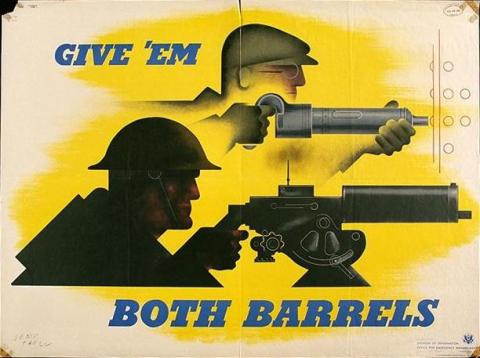History
The role played by the common U.S. soldier in the development of atomic weapons during World War II is not generally appreciated. Early in the history of the Manhattan Project, the U.S. Army decided to tap the vast pool of GIs possessing scientific and technical backgrounds who were serving in it, mostly as draftees. These soldiers were assigned to an entity called the Special Engineer Detachment, and hence were known as “SEDs”. Their ranks also included skilled mechanics, machinists, and electronics technicians. At its peak in 1945, about 1800 SEDs were working.
Although most SEDs had no further science education than a bachelor’s degree, and some lacked even that, they were plucked from the rank and file of the Army for their technical skills and put to work solving the many problems impeding the creation of the atomic bomb. In the intellectual pressure cooker of the Manhattan Project, they worked side-by-side with brilliant scientists at the frontier of physics and chemistry. After the war, many went back to school and became successful scientists in their own right—including Val Fitch, who was awarded a Nobel Prize in Physics in 1980.
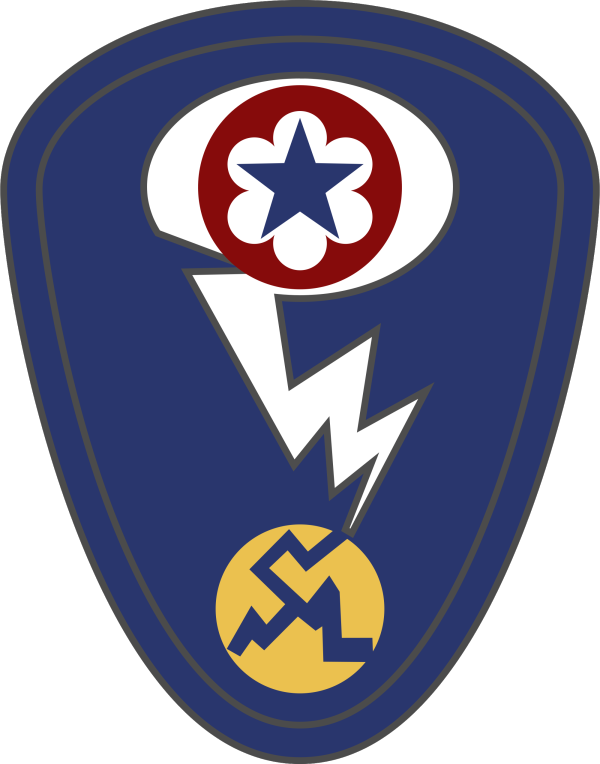 In 1943, the Manhattan District was having difficulty in obtaining enough technically trained persons to help construct and operate the various plants at Oak Ridge, TN. Therefore, on May 22, 1943, the Commanding General of the Army Services Forces authorized the establishment of a Special Engineer Detachment, so that essential technical personnel then working in the district could be assigned back to the district upon their induction into the Army. The first district roster consisted of 334 enlisted men. By 1945, their numbers had increased to 1,823 men.
In 1943, the Manhattan District was having difficulty in obtaining enough technically trained persons to help construct and operate the various plants at Oak Ridge, TN. Therefore, on May 22, 1943, the Commanding General of the Army Services Forces authorized the establishment of a Special Engineer Detachment, so that essential technical personnel then working in the district could be assigned back to the district upon their induction into the Army. The first district roster consisted of 334 enlisted men. By 1945, their numbers had increased to 1,823 men.
In the fall of 1943, with technical men still scarce, the district began a program of recruiting among universities and colleges to line up draftable men who might be assigned to the district. As this program still did not fill the need, authority was obtained to recruit men from Replacement Training Centers. Allotments to the district were increased progressively as the size of the plants grew, and the recruiting drive was extended to include men in the Army Specialized Training Program (ASTP). The National Scientific Roster was also combed. In addition, requests were sent to colleges for the names of graduates who had been drafted. No stone was left unturned.
Special Engineer Detachment – Cambridge
Fay L. Cunningham was a graduate of the ASTP at the Univ. of Maryland. Of the 30 graduates in mechanical engineering, 9 were transferred to the Manhattan Engineer District at Oak Ridge, TN. Two, including Fay, were shortly transferred to a Chicago Met Lab subsidiary at the Massachusetts Institute of Technology in Cambridge, MA; one (Samuel Willis) to the Manhattan, NY office of the MED; one to Los Alamos, NM; and the balance remaining at Oak Ridge, TN.
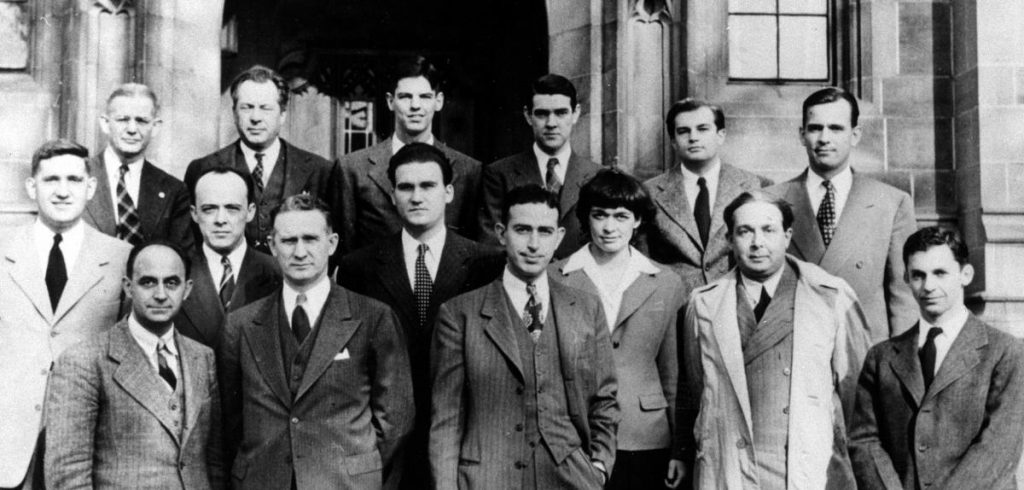
Special Engineer Detachment – Chicago Met Lab
Dr. Donald P. Ames was a member of the Special Engineer Detachment, Corps of Engineers, US. Army, at the University of Chicago during the years 1944-1946. He was in the Chemistry Division, in New Chem under the direction of Glenn Seaborg. He received a BS in Chemistry from UW-Madison in December 1943. While there, Dr. Ames participated in several important events: He performed the first measurements of the visible spectra of the +3, +4, +5, and +6 valence states of plutonium. He was in the group of six former Manhattan Project scientists assigned to obtain the yield and efficiency of Baker Shot of Operation Crossroads in 1947.
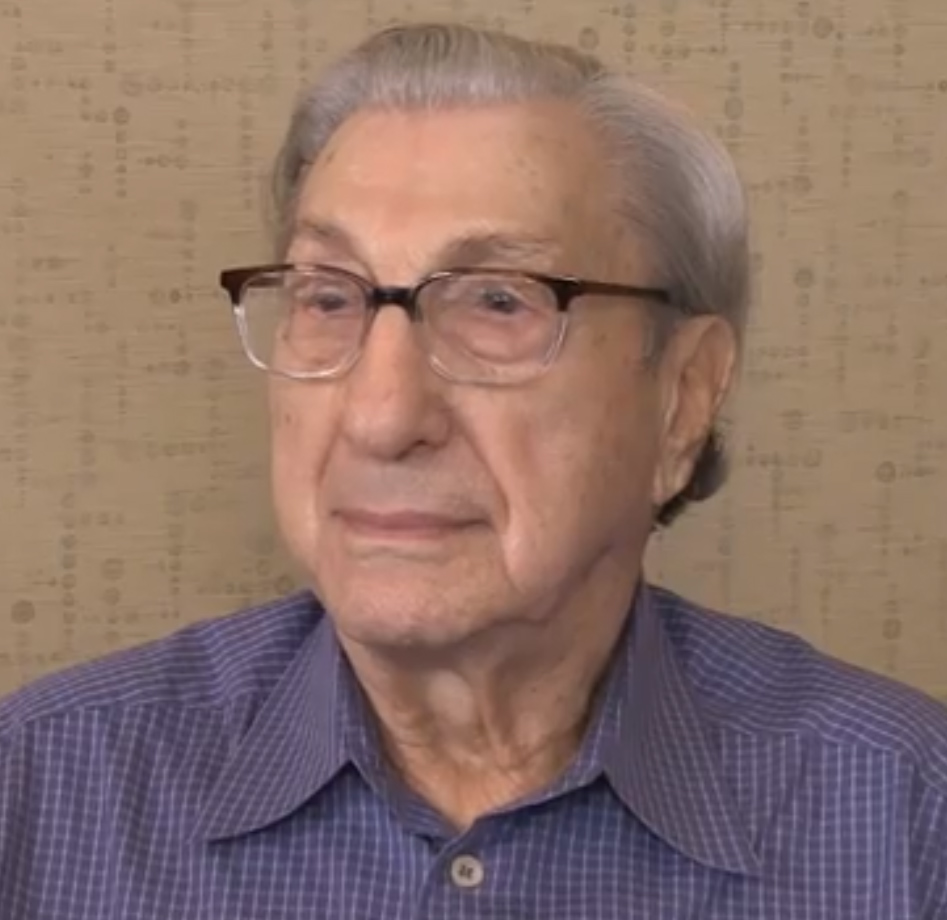
James A. Schoke was selected to be part of the Special Engineer Detachment that worked at the Metallurgical Laboratory at the University of Chicago on the Manhattan Project. He worked for the instrument group, inventing instruments to detect uranium, alpha rays, and more. He went on to a successful career in nucleonics and instruments, and was featured in a 1949 Popular Mechanics article, “The Million-Dollar Baby of the Nuclear Age.” He recalls playing tennis with Enrico Fermi, and J. Robert Oppenheimer asking him to call him “Oppie.”
David P. Rudolph, a former member of the Special Engineer Detachment at Chicago Met Lab, and later at Los Alamos, NM and The Trinity Test, was a pioneer in the development of inventory controls for the fissionable materials used in the atomic bombs: uranium and plutonium. His experiences with the Manhattan Project, and later with the Atomic Energy Commission, are recounted in his story “Pursuit of Plutonium: The Beancounters’ Odyssey in the Manhattan Project“. He witnessed the Chicago Pile-1 experiment at the Chicago Met Lab on Dec. 2, 1942 and the Trinity test at Alamogordo, NM on July 16, 1945.
Special Engineer Detachment – Los Alamos
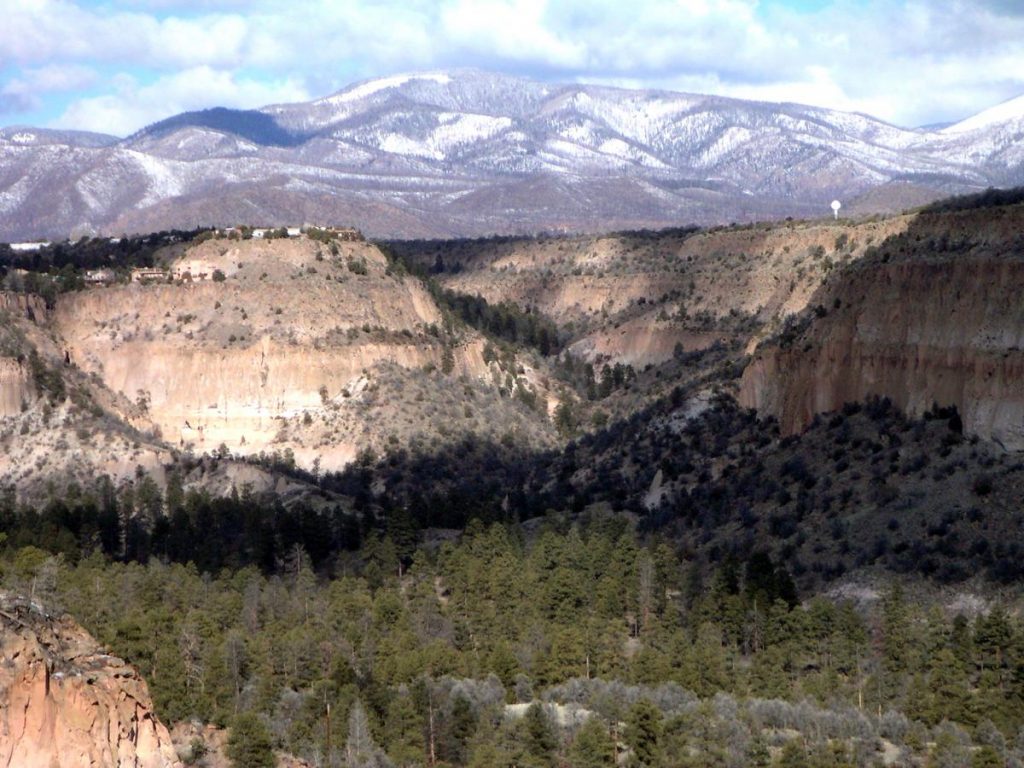
By the end of 1943, nearly 475 SEDs had arrived at Los Alamos. Most were mechanical, electrical and chemical engineers. About 29% of them had college degrees. Because of their special skills, exemption from drill was not the only privilege accorded them. They were all permitted to be non-commissioned officers, and two-thirds of them ranked sergeant or higher.
The SEDs worked in all of Los Alamos’ areas and activities, including the Trinity test, and some were involved in overseas operations on Tinian Island. The SEDs were so integral and important to the laboratory’s operations that their discharge at the end of the war created another serious labor shortage at Los Alamos.
Monroe Messinger, a young college graduate from Long Island, was in charge of the first contingent of 35 SEDs to arrive on the Hill. He was assigned to the “S” Site Explosives Division. Messinger received a BS degree from The City College of New York. While in college he joined the Army in the Enlisted Reserve in 1942. In mid-1943 his unit was called up. After his first few weeks of induction in Camp Upton on Long Island, he was transferred to Fort Hood in Texas for basic training.

The train arrived at Camp Claiborne, Louisiana, where the men stayed for about two weeks; several more were added with the final count now 35. No information about their status was revealed. By this time, however, their discussions among themselves led them to realize that all of them were college graduates, some with advanced degrees: Masters and PhDs, in scientific fields. No one, however, could predict what their journey was to accomplish.
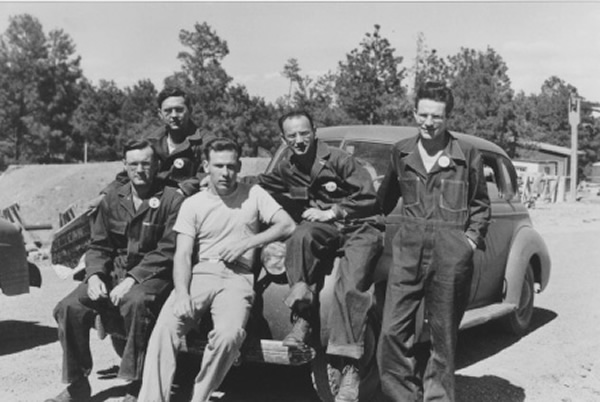
From Louisiana they boarded a train – destination unknown – and finally were deposited on a siding at Santa Fe, New Mexico during a snowstorm. A WAC driver picked them up in a bus for the final leg of their journey. They crossed the Rio Grande and climbed up dirt mountain roads with no protective barriers, in blinding conditions, to go up 7,000 feet above the Rio Grande. Many times the bus stalled and the men had to exit it to push it up. Finally the last lap of their journey was over when they reached the outer security tower of Los Alamos. The guard called in for permission to allow the bus to enter. Major Peer de Silva was in charge at that time, and the guard opened the gate leading to the Technical Area. J. Robert Oppenheimer was notified that the first Special Engineer Detachment had arrived; however, he had to be located from another area as he had not been told that the bus was on its way. The men remained outside or on the bus for awhile, until Oppenheimer found space in an auditorium to meet with them. At that time he apologized to the group for keeping them waiting. He told them they were needed for a most important technical project. They had been sent for as an “important and necessary” addition to a civilian scientific group already in place. Their skills were needed on work connected with a “New Era,” an “Atomic Era.” Monroe felt that Oppenheimer was avoiding using the word “bomb” at this time.
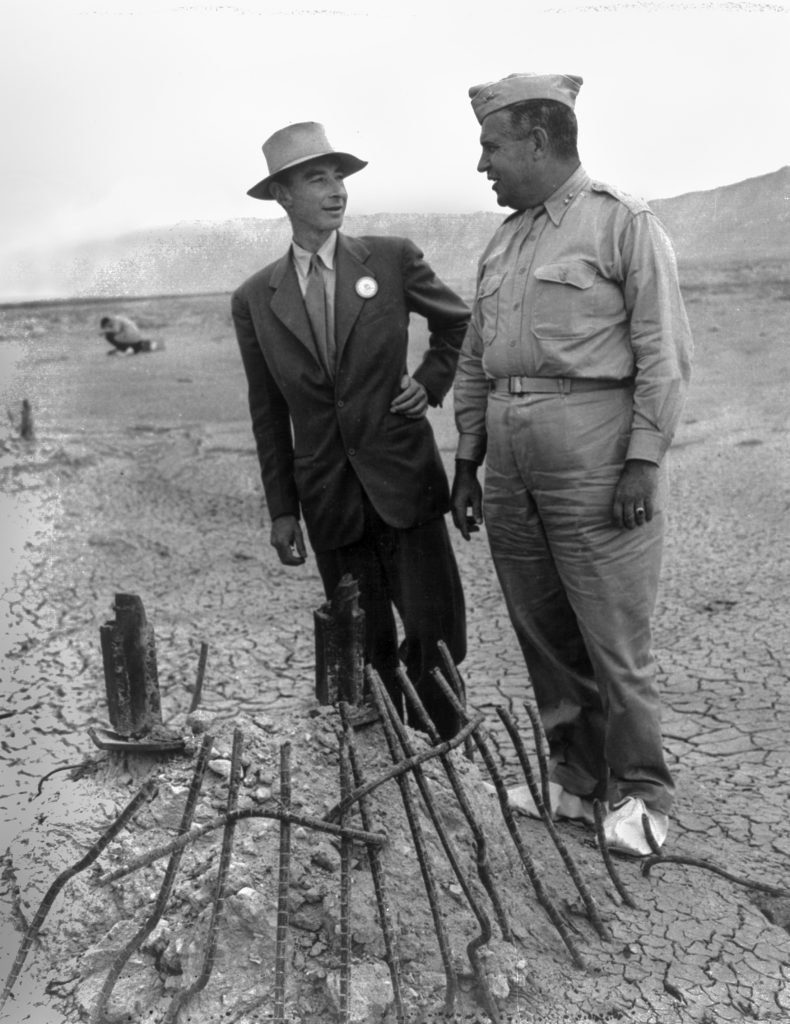 Although Oppenheimer told them they were to be housed and treated like the civilian scientists, this was not to be. Their accommodations were poor. In fact, no adequate provision had been made for them until their arrival. It wasn’t until George Kistiakowsky, under whom the Detachment directly worked, complained to General Leslie Groves that it was impossible for the men to live under these conditions, which demanded also that they rise earlier to drill, and then be expected to do scientific work during a long day. He recommended that their living quarters be improved, and they not be required to train as arduously as before. Monroe, as a Sergeant, was put in charge of this, the first SED to work at Los Alamos. Many other detachments were to follow.
Although Oppenheimer told them they were to be housed and treated like the civilian scientists, this was not to be. Their accommodations were poor. In fact, no adequate provision had been made for them until their arrival. It wasn’t until George Kistiakowsky, under whom the Detachment directly worked, complained to General Leslie Groves that it was impossible for the men to live under these conditions, which demanded also that they rise earlier to drill, and then be expected to do scientific work during a long day. He recommended that their living quarters be improved, and they not be required to train as arduously as before. Monroe, as a Sergeant, was put in charge of this, the first SED to work at Los Alamos. Many other detachments were to follow.
General Leslie Groves was in charge of all the Army personnel, and as an engineer himself, took an interest in the scientific part of the project. Monroe recalls that once while he was inspecting a metal fragment under a microscope, General Groves came into the laboratory. While the General was inspecting another area, Monroe finished his work and removed the fragment from the slides. The General asked him if he could look into the eyepiece of the microscope and Monroe quickly agreed. Gen. Groves made a cursory viewing, then arose from the chair, patted Monroe on the shoulder and said: ”Good work, soldier!” Monroe, of course, never revealed to his superior that nothing was on the slide!
A small group of SED personnel, with Monroe, was assigned to the Research and Explosives Testing Group under George Kistiakowsky. They were given White Badges, which allowed them in to the most secret areas of the Project. The testing was done in a hidden canyon on Site S. The work involved handling and firing high explosives molded around cylinders of various metallic compositions. High-speed air driven cameras designed to measure implosion were employed for data recording. Monroe worked on this site for about one and a half years; during that time, he was hurt in an accidental explosion and hospitalized. When he returned to duty, he was transferred to the Optics Unit which had the responsibility of working with high speed photographic equipment. This was the group which coordinated the pictures of the first test of an atomic explosion at the Trinity Test. It is interesting to note that Monroe, after his discharge, was contacted by the FBI to help them in their investigation of the kind of work that David Greenglass, as a master machinist, did for the Explosives and Optics Groups.
After leaving the Project, Monroe returned to New York and worked for two years at the Brooklyn Navy Yard on research concerning beryllium metal. During the years that followed until his retirement, Monroe worked as Manager of Analytical Research with a major consumer product corporation. He married, had two children and lived in Connecticut until his retirement.
Special Engineer Detachment – New York-859x1024.jpg)
Lawrence S. O’Rourke began working on the Manhattan Project at Columbia University in Manhattan, NY after he was called up from the Army Reserves in 1944. O’Rourke was among the first group of Special Engineer Detachment soldiers who worked at Columbia, where he helped research and develop the gaseous diffusion process for the separation of uranium. After nine months, O’Rourke’s group moved from the Pupin Physics Lab to the Nash Garage Building, where they helped develop the barrier material that would be used at the K-25 plant in Oak Ridge. In 1945, O’Rourke was transferred to Oak Ridge, TN and continued to work on research and development of a barrier material at K-25. O’Rourke also spent time at the Houdaille-Hershey Plant in Decatur, IL where he helped install and train people on how to test the barrier material that was being developed. In this interview, O’Rourke discusses his reaction to the dropping of the atomic bombs on Japan and working at the K-25 Plant in Oak Ridge, TN.
Special Engineer Detachment – Oak Ridge
The first enlisted man assigned to the Oak Ridge, TN, the Special Engineer Detachment was Perry R. Gershon, who arrived on July 19, 1943. The first commanding officer of the detachment, Capt. William A. Fogg, took over in May 1943. He was succeeded by Capt. William Barger in March 1944. The first men to be assigned to Oak Ridge lived in dormitories with civilians, but as the detachment grew, it was decided to move them into the barracks. This move came in February, 1944. In December, 1945, the detachment returned to the dormitories, this taking over the complete buildings. The detachment reached its top strength in September, 1945, at which time the roster included 1,257 enlisted men. The men of the detachment came from every state in the union, and represented three hundred institutions of higher learning. Approximately two-thirds of the men held college degrees.
SED at K-25 Plant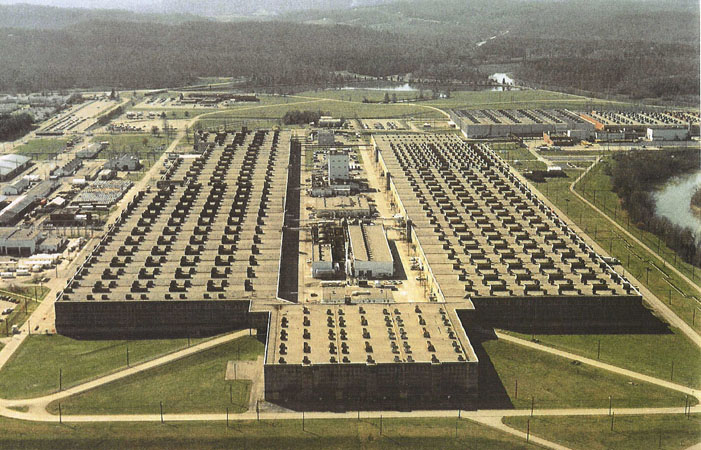
“In a letter of October 12, 1945, the Hon. Robert P. Patterson expressed the appreciation of the War Department to the young scientists and other technically-trained men who contributed so greatly to the victory of the Allies in the production of the Atomic Bomb. Included in this group were those enlisted men of the Special Engineer Detachment who, since the beginning of the Manhattan Engineer District, have so generously and efficiently contributed their best efforts to the successful completion of the task assigned to the Carbide and Carbon Chemicals Corporation by the War Department.
Late in 1944 and early in 1945, a much larger number of scientific personnel were needed, and a large portion of this number was supplied from the Army. Without the Special Engineer Detachment men who were assigned to the various departments of K-25, it is not too much to say that production would have been delayed considerably. Carbide and Carbon Chemicals Corporation is therefore very grateful for the assistance given us by the enlisted men assigned to our staff. On behalf of the Carbide and Carbon Chemicals Corporation and the supervisory staff of the Oak Ridge plant, this opportunity is taken to thank these men, and to wish them great success in their future activities.” – George T. Felbeck; Vice-President; Carbide and Carbon Chemicals Corporation; Oak Ridge, TN; 1945
SED at X-10 Graphite Reactor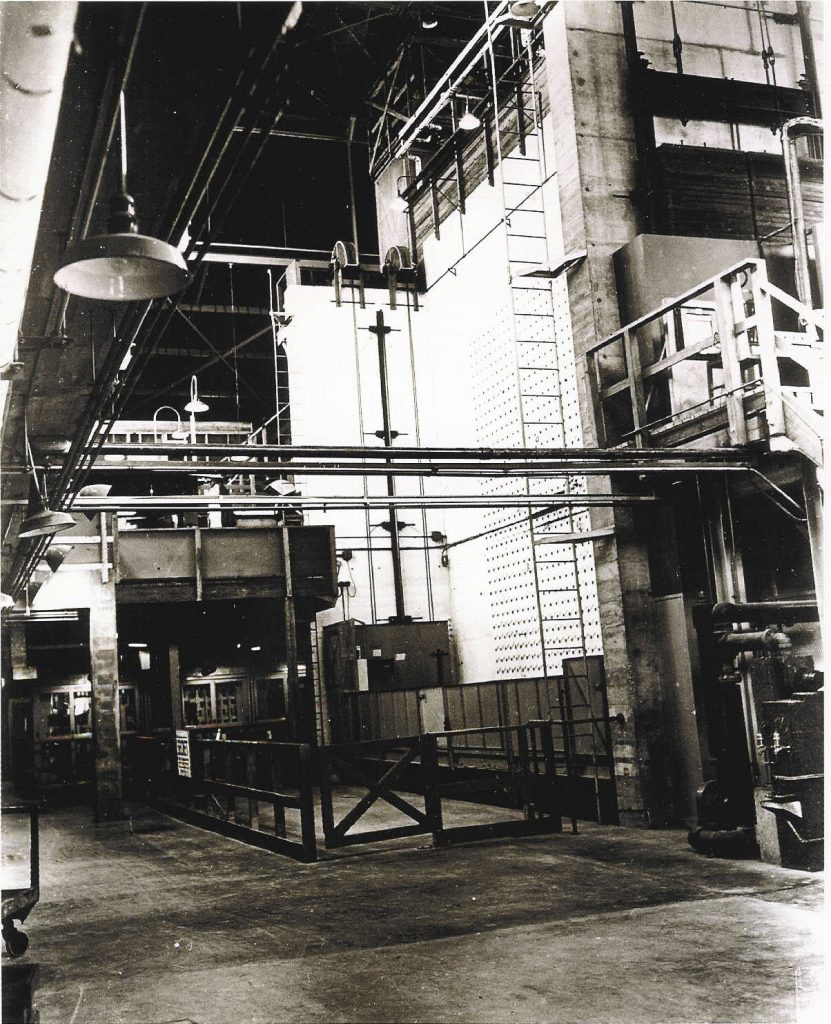
“I welcome this opportunity to express the appreciation of Clinton Laboratories, the University of Chicago, and the Monsanto Chemical Company for the great assistance given by the members of the Special Engineer Detachment in the carrying out of our part of the atomic energy program. A large share of the credit for the successful completion of our tasks belongs to these young men.
At a time when it seemed impossible to recruit enough civilians having the proper qualifications for the exacting work to be done, these carefully selected men from the armed forces were brought in and asked to work side by side with the engineers, physicists, and chemists. They rapidly adjusted themselves to their new environment and cheerfully worked the long hours demanded by our tight time schedules. It is difficult to see how we could have completed the war tasks assigned to us in the time allotted for their completion without the assistance of this special detachment.
These Special Engineer Detachment men have fitted into the Clinton Laboratories organization in all technical fields and in all levels including those requiring high supervisory skill and responsibility and have discharged their obligations admirably. Soldier has supervised civilian, civilian has supervised soldier, and probably even Pfc has supervised a sergeant with no thought as to what kind of clothes or how many stripes were worn by themselves and others. They have devoted themselves whole heartedly and well beyond the line of duty to satisfactorily complete the job. These men are to be congratulated on the remarkable way in which they have taken hold of the work here and helped us carry each task through to its successful completion.” – Dr. Martin D. Whitaker, Director; Clinton Laboratories; Oak Ridge, TN; 1945
SED at Y-12 Plant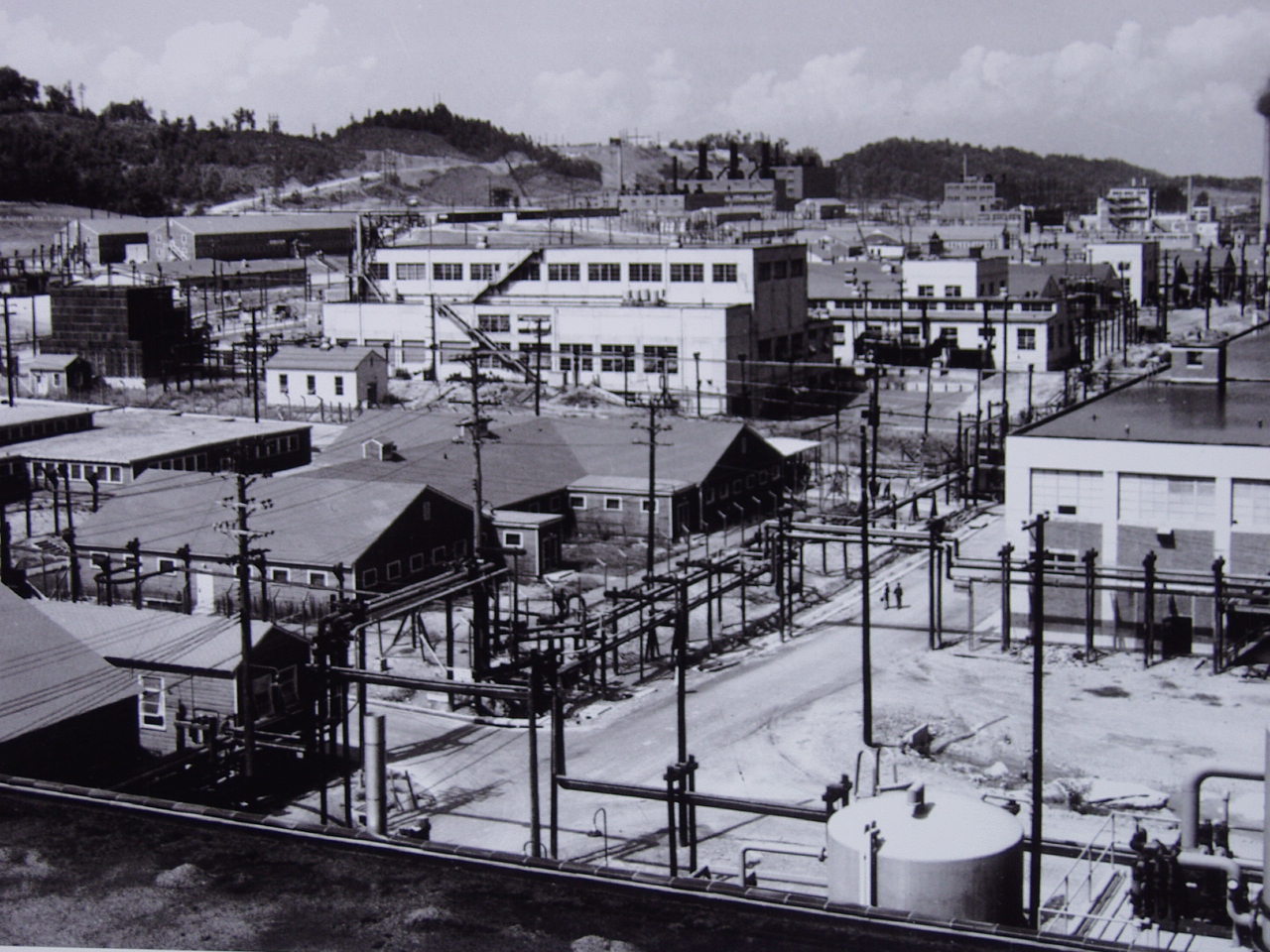
“Early in 1943 when Tennessee Eastman Corporation entered into a contract with the government to operate the Y-12 Plant, there was a serious shortage of manpower in this area. This shortage was essentially critical insofar as scientific and technical people were concerned. In order to aid us in overcoming this obstacle, the Army made it possible for us to secure the services of a limited number of enlisted men, who had specialized training in scientific fields, and who were willing to work on this project. These men were carefully selected, and were assigned to a variety of jobs in which their technical competence could be of the greatest assistance to the overall program. Not only was their work of consistently high caliber, but their attitude of cheerful cooperation was a fine example to the remainder of the organization.
The Special Engineer Detachment has every reason to be proud of the contribution it has made to the success of this project. Every member has earned our sincere gratitude, and will take with them our best wishes for success in his future endeavors.” – Dr. Frederick R. Conklin; Works Manager; Tennessee Eastman Corporation; Oak Ridge, TN; 1945.





